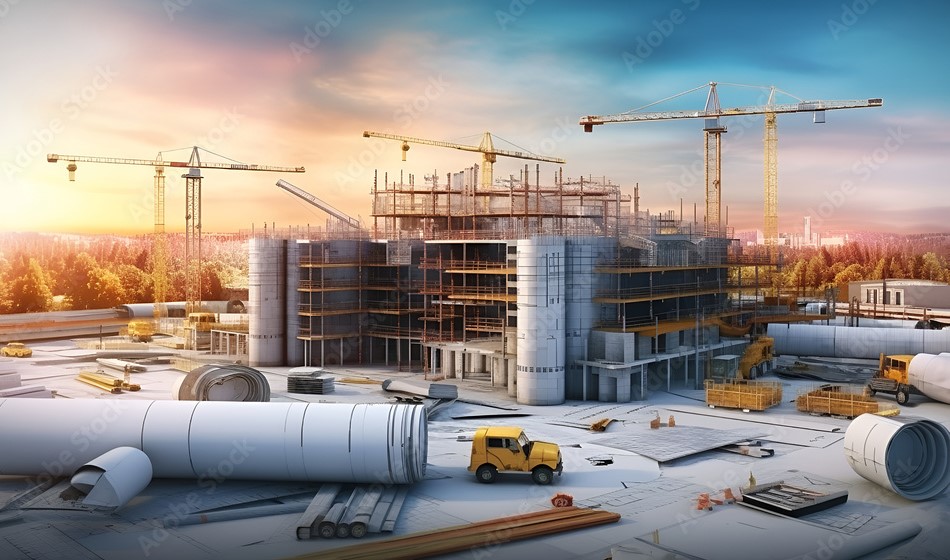Unlocking the Potential of BIM: Revolutionizing the Construction Industry
As the world catapults into the digital era, the construction industry stands on the cusp of a profound transformation, all thanks to Building Information Modeling (BIM). More than just a technological tool, BIM represents a seismic shift in how we conceptualize, design, construct, and manage buildings and infrastructure. Let’s delve into why the potential of BIM is nothing short of revolutionary.
Efficiency Redefined
BIM serves as the backbone of efficiency in construction projects. By centralizing data and facilitating real-time collaboration among architects, engineers, and contractors, BIM streamlines workflows from inception to completion. This seamless integration translates into significant time and resource savings, paving the way for faster project delivery without compromising quality.
Enhanced Collaboration
In the bygone era of siloed communication, misunderstandings and discrepancies were rife. BIM shatters these barriers by fostering interdisciplinary collaboration on a unified platform. With everyone accessing the same up-to-date information, issues are identified and resolved proactively, leading to smoother project execution and fewer costly revisions.
Cost Savings
In an industry where margins are often razor-thin, every penny saved counts. BIM proves to be a boon by optimizing designs, detecting clashes early in the planning phase, and providing accurate quantity take-offs. Armed with predictive analytics and simulations, project stakeholders make informed decisions that mitigate financial risks, ultimately resulting in substantial cost savings.
Sustainability at its Core
The imperatives of sustainability are no longer an afterthought but a fundamental aspect of construction with BIM. Through sophisticated energy analysis tools and material selection capabilities, BIM empowers professionals to design and construct environmentally friendly structures that adhere to rigorous sustainability standards. From reducing carbon footprints to enhancing energy efficiency, BIM paves the way for greener, more sustainable construction practices.
Lifecycle Management
BIM’s significance transcends the construction phase; it extends throughout the entire lifecycle of a building. By providing a digital twin that mirrors the physical structure, BIM facilitates effective facility management, ensuring optimal performance and longevity. From routine maintenance to complex renovations, BIM equips stakeholders with the insights needed to maximize the lifespan of assets.
Innovation Catalyst
BIM serves as a catalyst for innovation, driving the integration of cutting-edge technologies like Artificial Intelligence (AI), Internet of Things (IoT), and Augmented Reality/Virtual Reality (AR/VR) into the construction landscape. This convergence fuels a wave of creativity, enabling automated design generation, immersive virtual walkthroughs, and unprecedented levels of efficiency and precision.
Join Us in Shaping the Future
At Ace India Training and Services Pvt Ltd, we recognize the transformative power of BIM and are committed to empowering professionals to harness its full potential. Our comprehensive courses are meticulously designed to impart the skills and knowledge needed to thrive in this dynamic industry. Whether you’re an aspiring architect, seasoned engineer, or visionary contractor, join us in shaping the future of construction with BIM.
In conclusion, the potential of BIM transcends mere technological advancement; it heralds a paradigm shift in how we conceive, execute, and manage construction projects. Embracing BIM isn’t just about staying relevant—it’s about leading the charge towards a more efficient, sustainable, and innovative future for the construction industry. Let’s embark on this transformative journey together.
www.theaceindia.com











































